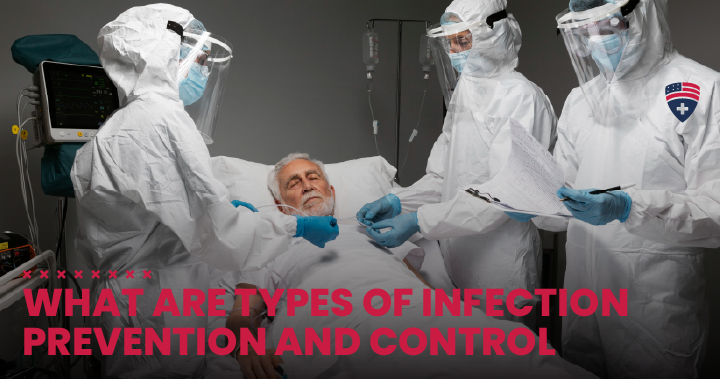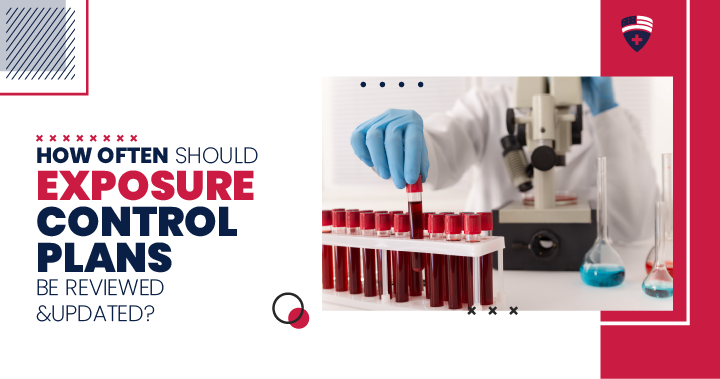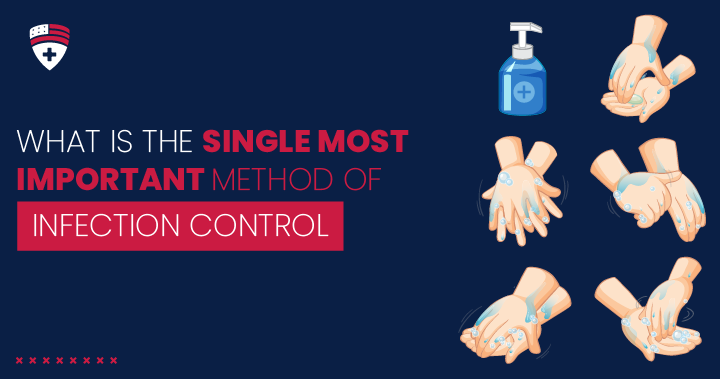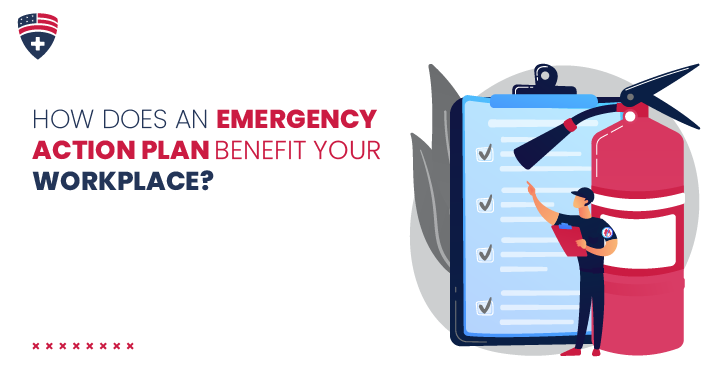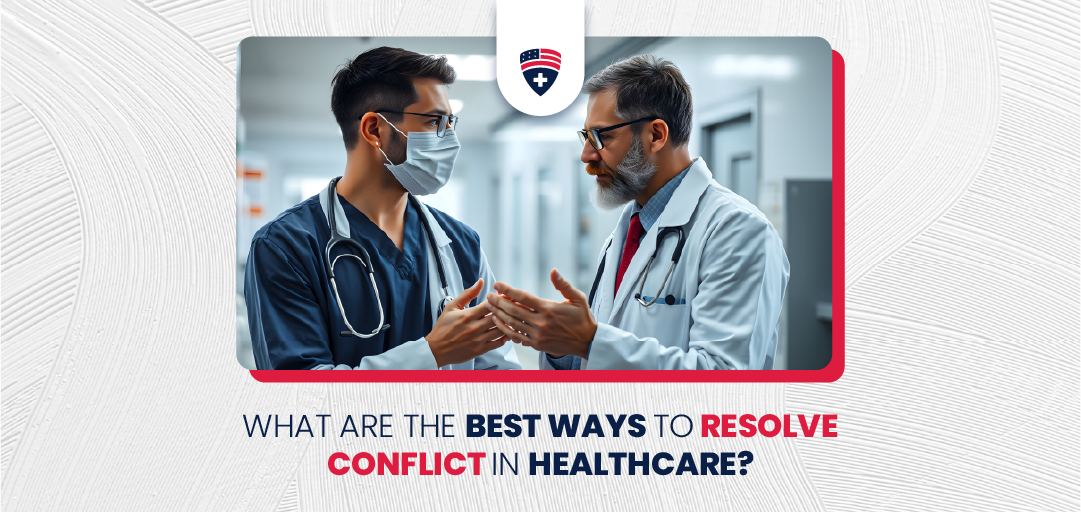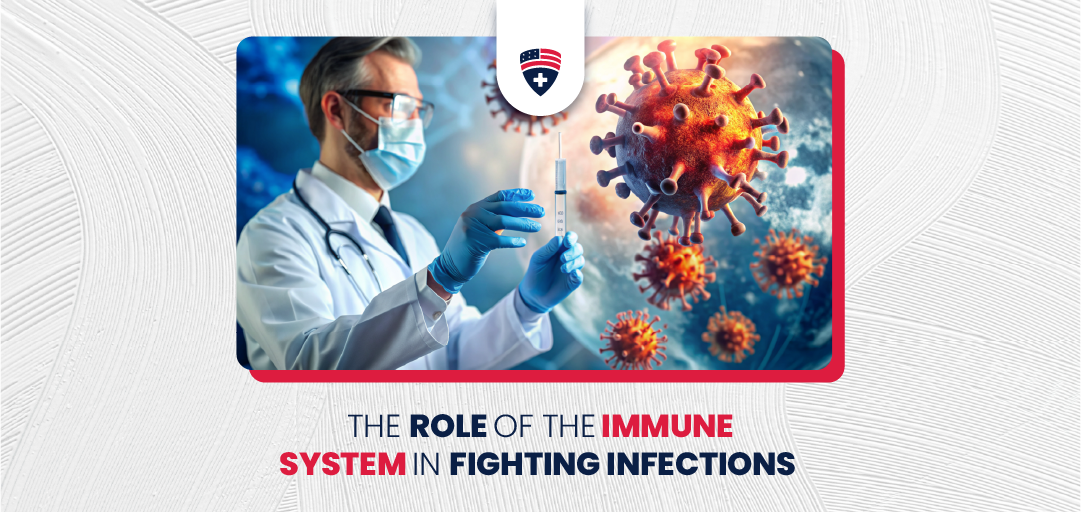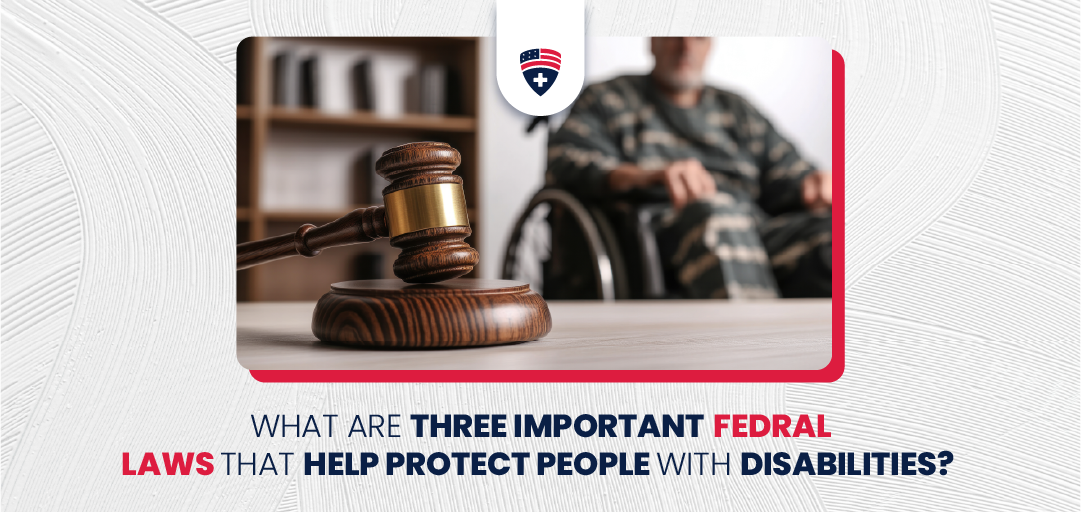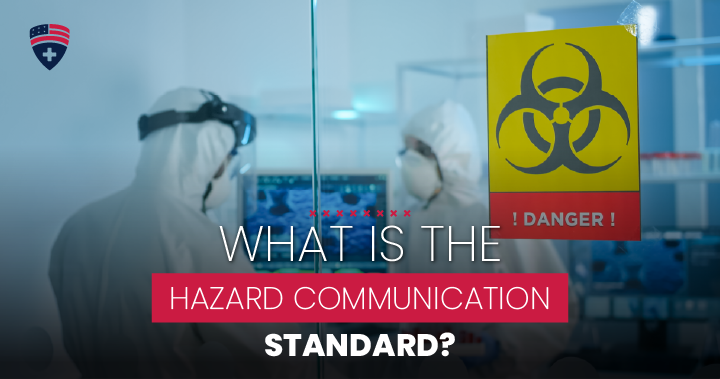
What is the Hazard Communication Standard?
In any workplace, safety is paramount. Employers need to keep their workers safe, no matter where they work be it an office, laboratory, or hospital site.
One critical aspect of this responsibility is implementing the Hazard Communication Standard (HCS). The Occupational Safety and Health Administration (OSHA) established the HCS in the United States.
American Healthcare Compliance creates Hazard Communication training for healthcare providers to identify and communicate hazards in the workplace. For further information, feel free to contact us.
But what is the Hazard Communication Standard?
Below we’d like to discuss the hazard communication standard in detail, including recent changes.
Understanding Hazard Communication
Hazard Communication Standard is also known as HCS or HazCom. These are procedures for communicating potential chemical hazards in the workplace.
Employees handling hazardous chemicals must know the risks and how to stay safe.
Safety professionals should understand the hazard communication definition. They should implement it effectively to protect their workforce.
Following OSHA’s HCS rules, like those in section 1910.1200, mandates HAZCOM training for workers.
This ensures they can handle hazardous communication. If safety workers don’t meet these rules, they could get penalties.
What is the Hazard Communication Standard?
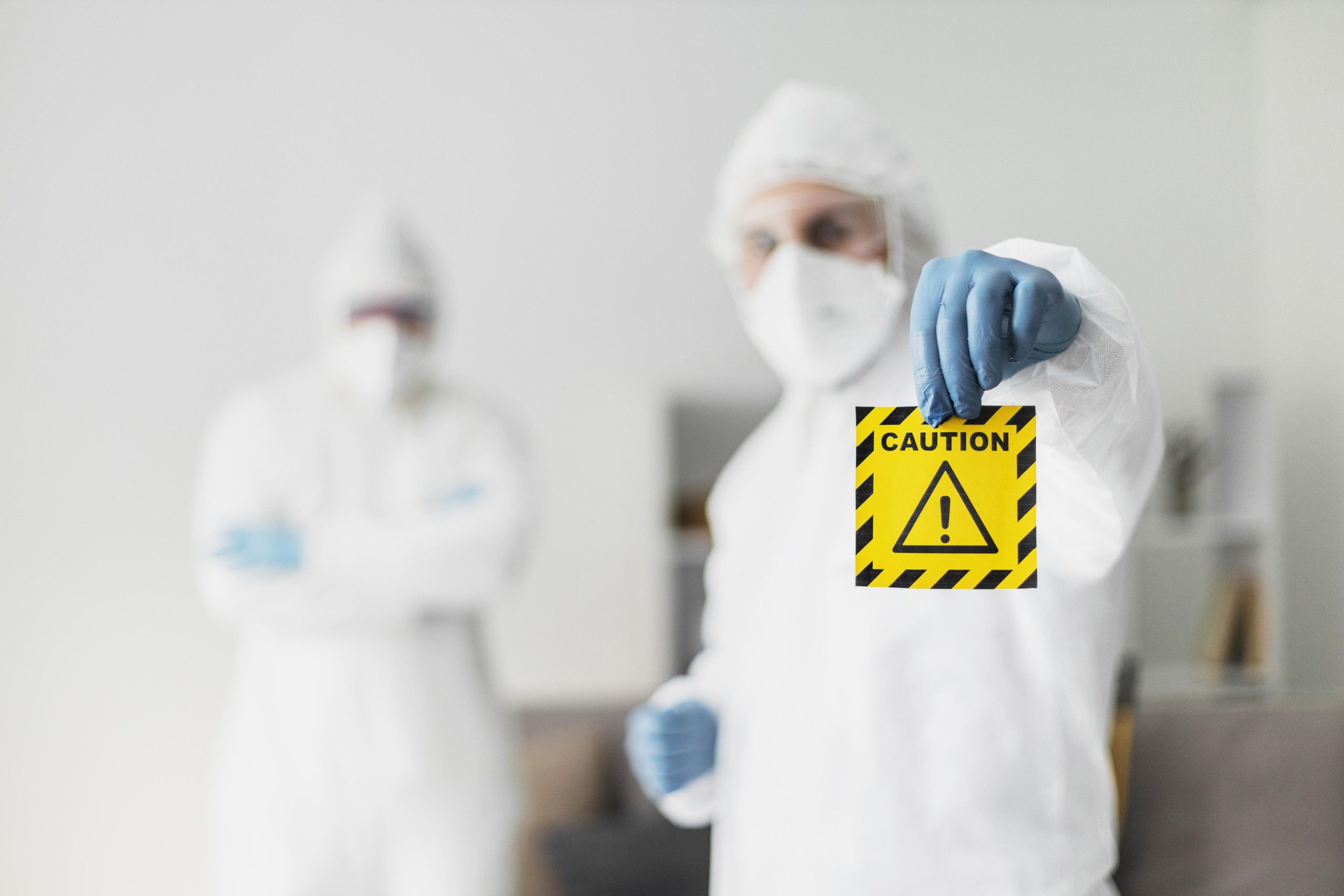
The Hazard Communication Standard (HCS) is a set of guidelines developed by OSHA.
It’s purpose is to ensure that everyone is aware of the dangers associated with hazardous chemicals present in the workplace.
According to OSHA, Workers need clear information about chemical identities and hazards.
OSHA’s HCS mandates safety professionals to share comprehensive information on chemical hazards. It includes evaluation, classification, and providing written details according to GHS standards.
These standards apply to most workplaces in the United States.
Importance of HCS in Healthcare
Hazard Communication Standards (HCS) are critical in healthcare. It ensures the safety of healthcare workers by providing knowledge about hazardous chemicals.
Complying with HCS rules is critical to preventing accidents. Healthcare facilities must comply with these regulations as required by law.
Overall, HCS helps create a safer environment for everyone in healthcare.
Let’s talk about some important updates. Recently, there have been some significant changes to the Hazard Communication Standard (HCS).
Recent Changes in the HCS
The two new changes in the HCS are focused on improving chemical hazards and enforcing safety regulations.
- Right to Understand Standard
The Right to Understand Standard ensures worker awareness of chemical dangers at work.
Clear communication about chemical risks is crucial for ensuring workplace safety.
It helps prevent accidents and promotes a safer working environment.
- Revised Hazard Communication Standard
The revised hazard communication standards are consistent with international guidelines such as the Globally Harmonized System of Classification and Labelling of Chemicals (GHS).
It aims to standardize hazard communication globally and simplify regulatory compliance for organizations.
Let’s talk about hazard communication programs. If you’re not sure what they are, don’t worry. I’ll explain it to you in simple terms.
What Is a Hazard Communication Program?
A hazard communication program is an employer’s plan to follow HCS. The plan usually includes:
- Hazard Assessment

Identify and estimate all the chemical hazards present in the workplace. By knowing the dangers in the workplace, employers can take steps to make it safer.
- Labeling
Properly labeling containers of hazardous chemicals is crucial. It ensures clear understanding and proper precautions.
- SDS Management
Keeping up-to-date safety data sheets for all hazardous chemicals used in the workplace.
- Employee Training
Providing initial training to employees on the hazards of chemicals they may encounter. Offering ongoing training on safe handling procedures.
- Recordkeeping
Documenting all aspects of the hazard communication program, including training records and SDS.
Who Has Hazard Communication Duties?
Hazard communication involves cooperation between employers and employees. It ensures a safe working environment.
The employer is responsible for:
- Identifying and evaluating chemical hazards in the workplace.
- Providing accessible SDS for hazardous chemicals.
- Labeling containers of hazardous chemicals with appropriate warning information.
- Conducting training programs to educate employees about chemical hazards and safe handling practices.
- Implementing a written hazard communication program outlining procedures for compliance with the standard.
Under the hazard communication standard, the employee is responsible for:
- Participating in hazard communication training and follow safe work practices.
- Reading labels and SDS to understand chemical hazards.
- Using PPE as instructed and report any unsafe conditions to their supervisor.
- Seeking clarification or additional information if they have concerns about chemical hazards.
Hazard Communication Training Requirements
OSHA requires hazard communication training for safe chemical handling. This training is essential before starting work and whenever new chemicals are introduced.
Additional chemical hazards training must also be provided to employees.
The content of hazard communication standard training varies based on workplace hazards. OSHA covers identifying harmful chemicals and understanding exposure risks.
Safety professionals need to focus on avoiding OSHA violations. HAZCOM violations can lead to fines, sometimes over $16,131 for willful violations.
To Conclude
“What is the hazard communication standard?” The Hazard Communication Standard plays an important role in keeping workers safe.
It ensures proper labeling and safety information for hazardous chemicals. Plus, employees get training on how to stay safe. This helps prevent accidents and injuries caused by exposure to chemicals.
When healthcare places focus on safety, it keeps workers healthy. It also saves money by reducing sick days, worker injury costs, and legal problems.
If you want to get our training about Hazard Communication for Healthcare do visit us.
FAQs
Are chemical hazards always visible?
No, some chemical hazards, such as toxic gases or vapors, may not be visible.
Who has hazard communication duties?
Both employers and employees must comply with HCS for workplace safety.
How can you detect any hazards?
You can identify chemical hazards at work by testing chemicals and conducting hazard evaluations.
What is a hazard communication program?
It is a plan developed by employers to comply with the HCS. It helps manage chemical hazards in the workplace effectively.
Why do we need to know about hazardous chemicals at work?
Knowing about hazardous chemicals helps us stay safe and avoid getting hurt.
What are safety data sheets?
Safety data sheets are papers that tell us about a chemical and how to use it safely.
What can happen if we’re exposed to dangerous chemicals?
We could get sick, have skin problems, or even have long-term health issues like cancer.
Are there special rules for hospitals and clinics about chemicals?
Yes, hospitals and clinics have to follow the same rules as other workplaces, but they might have extra rules too.
What if a chemical doesn’t have a label?
If a chemical doesn’t have a label, don’t use it until it’s labeled correctly.

